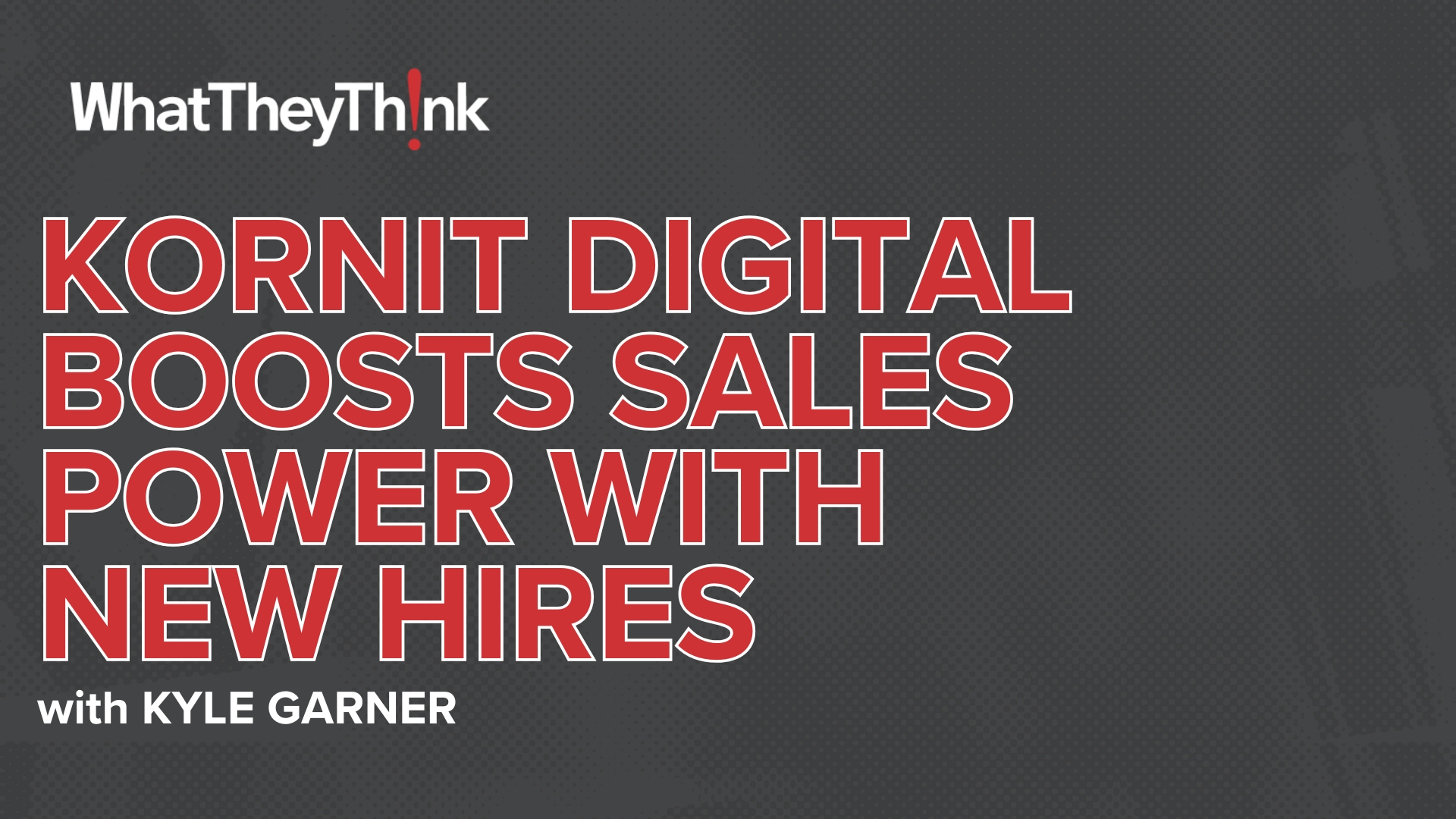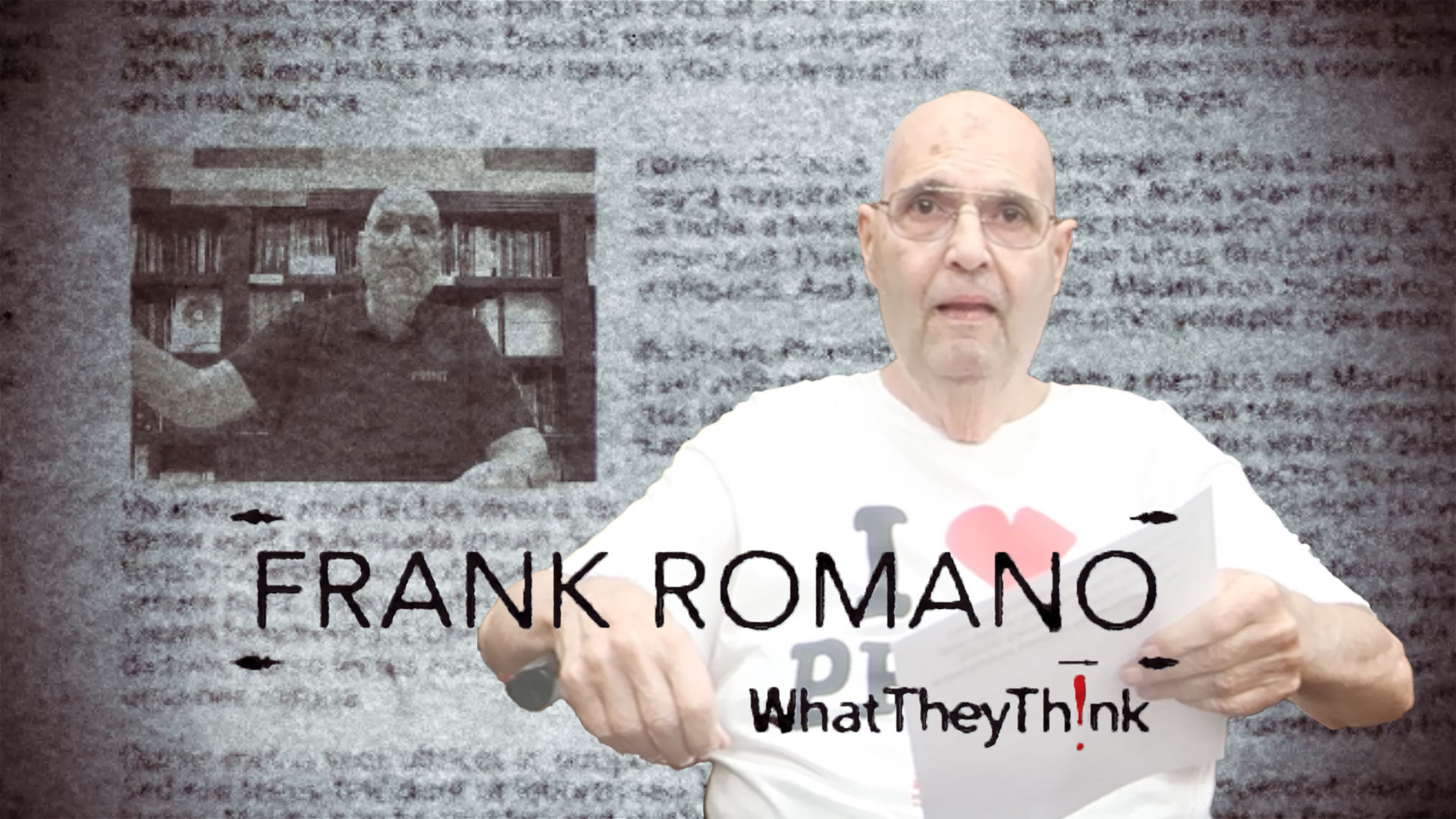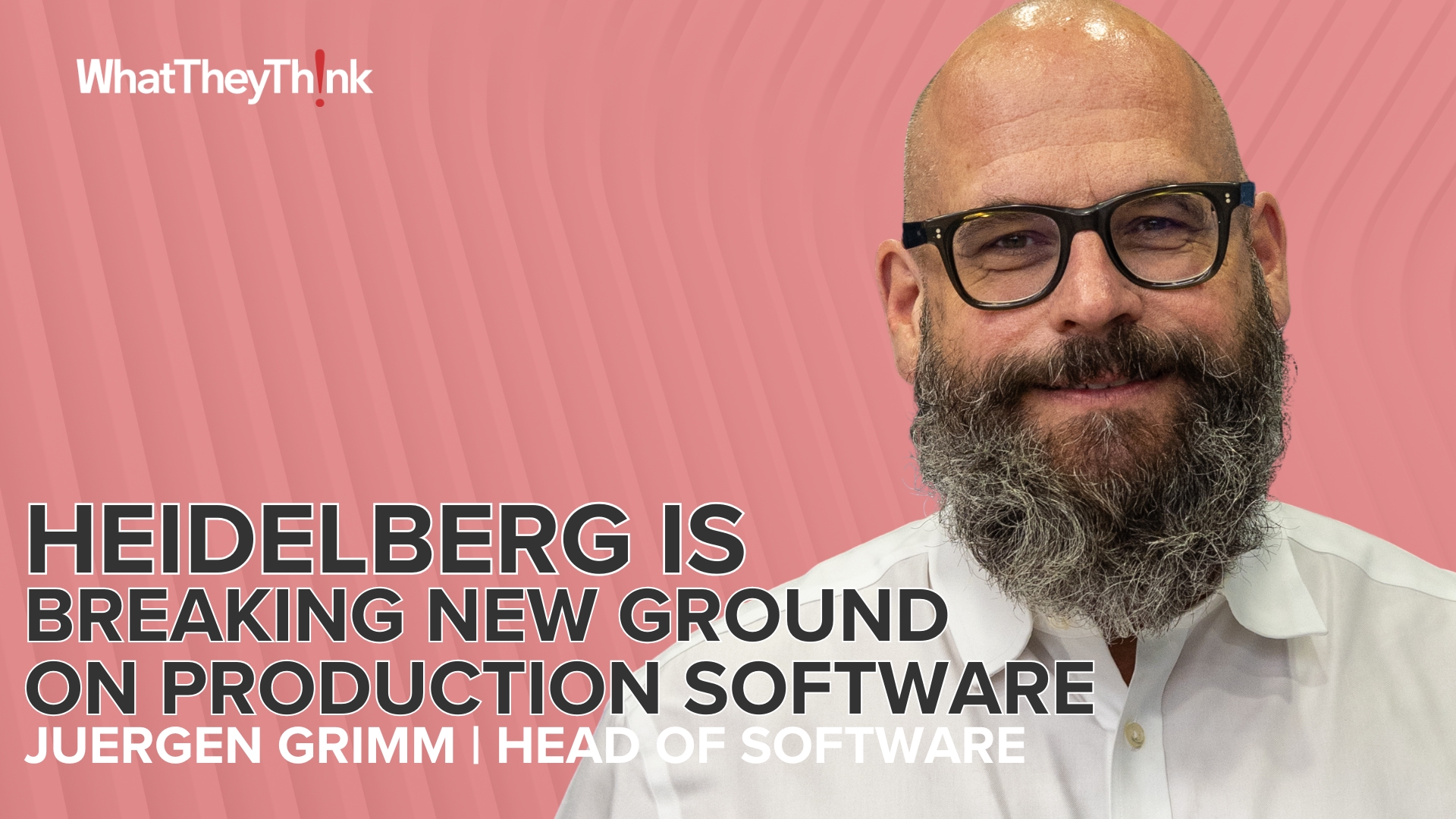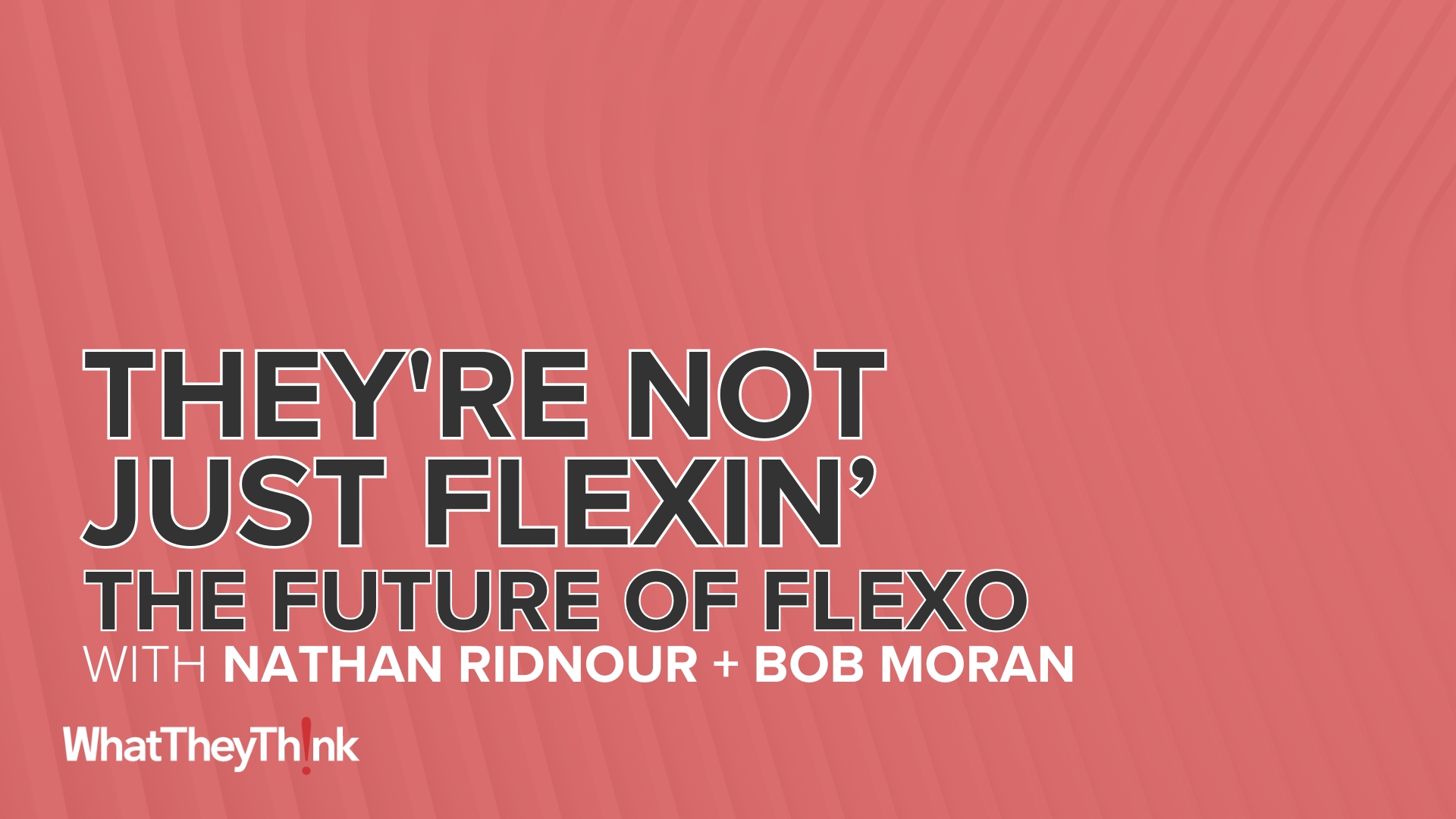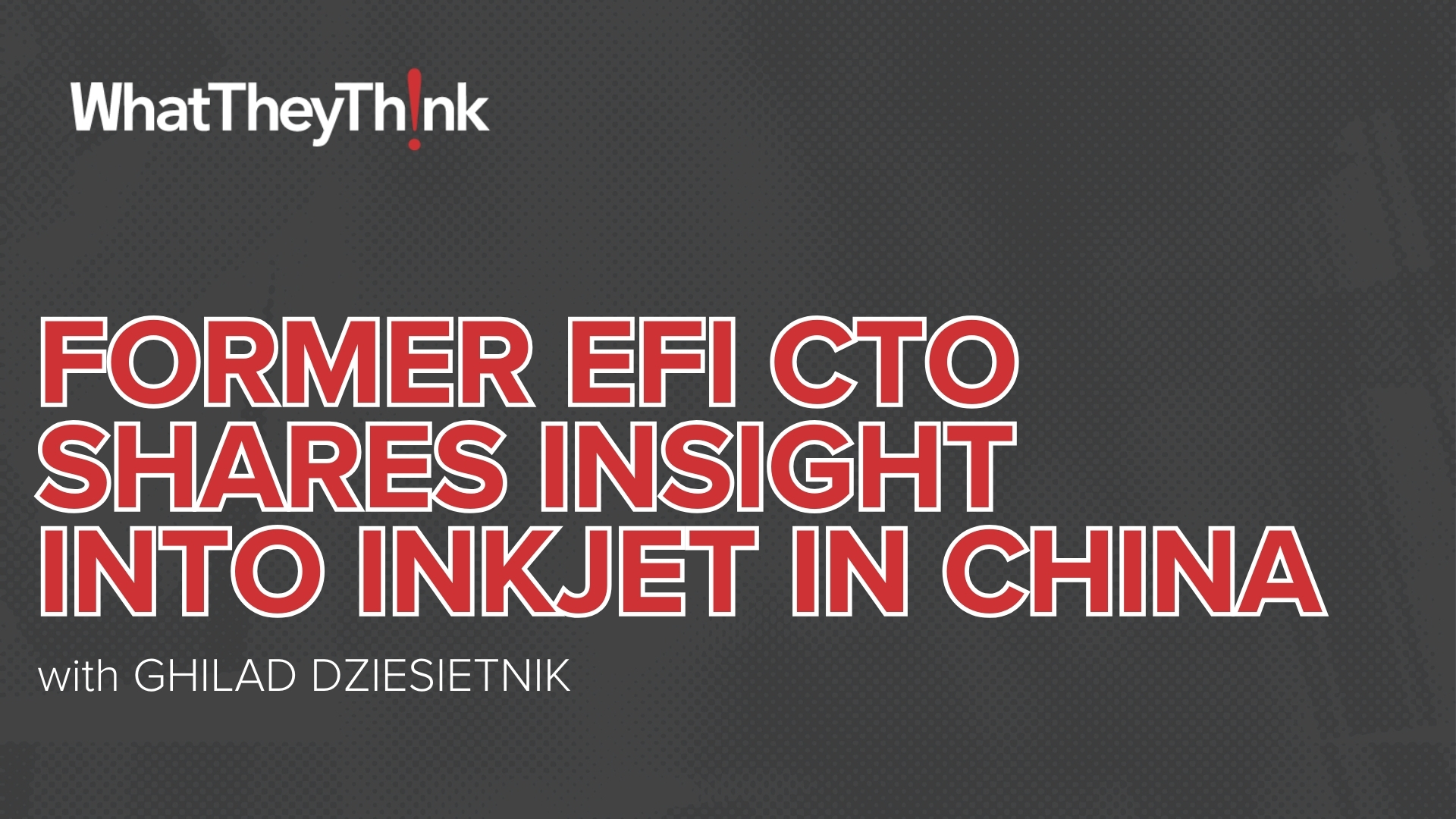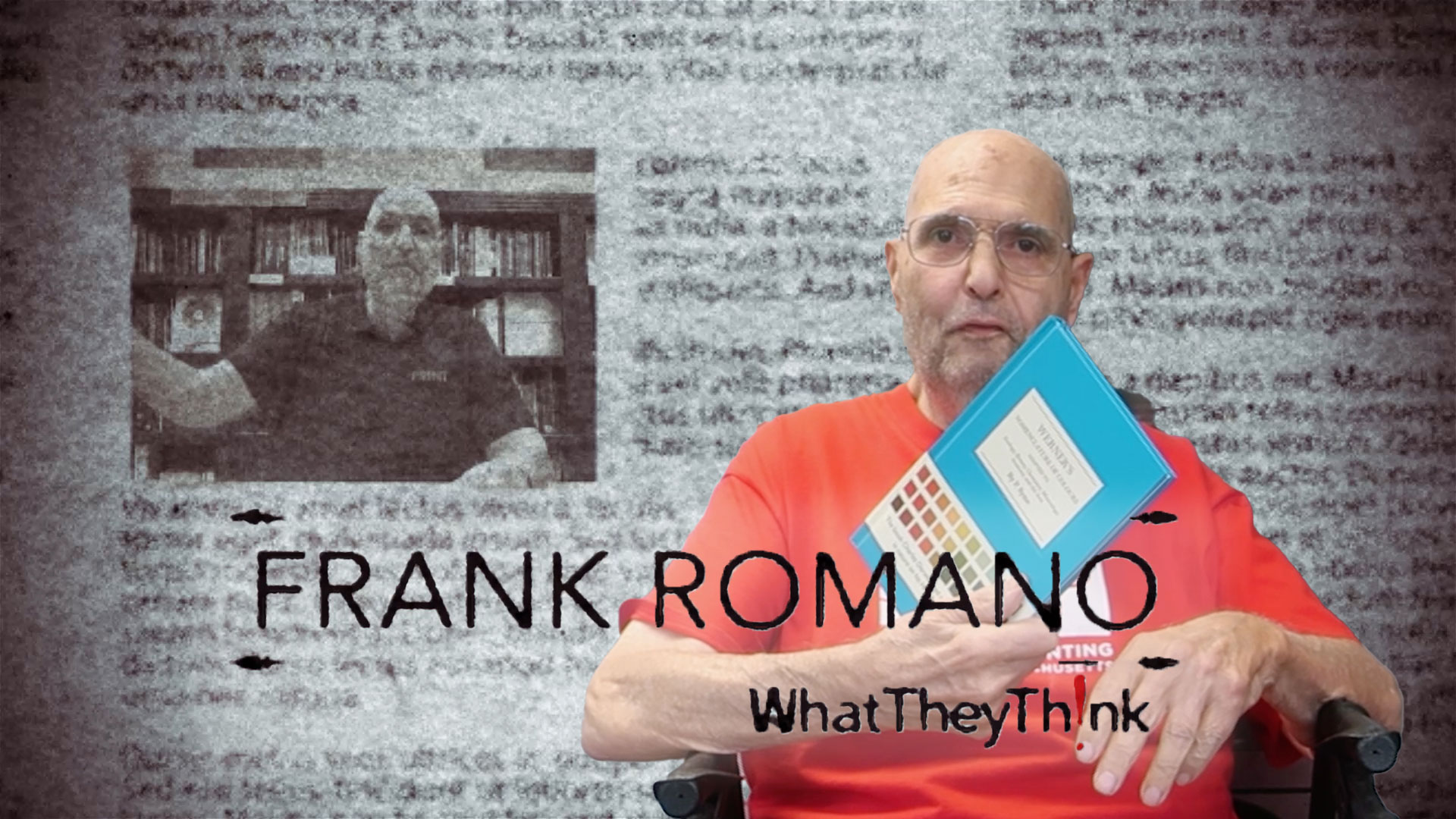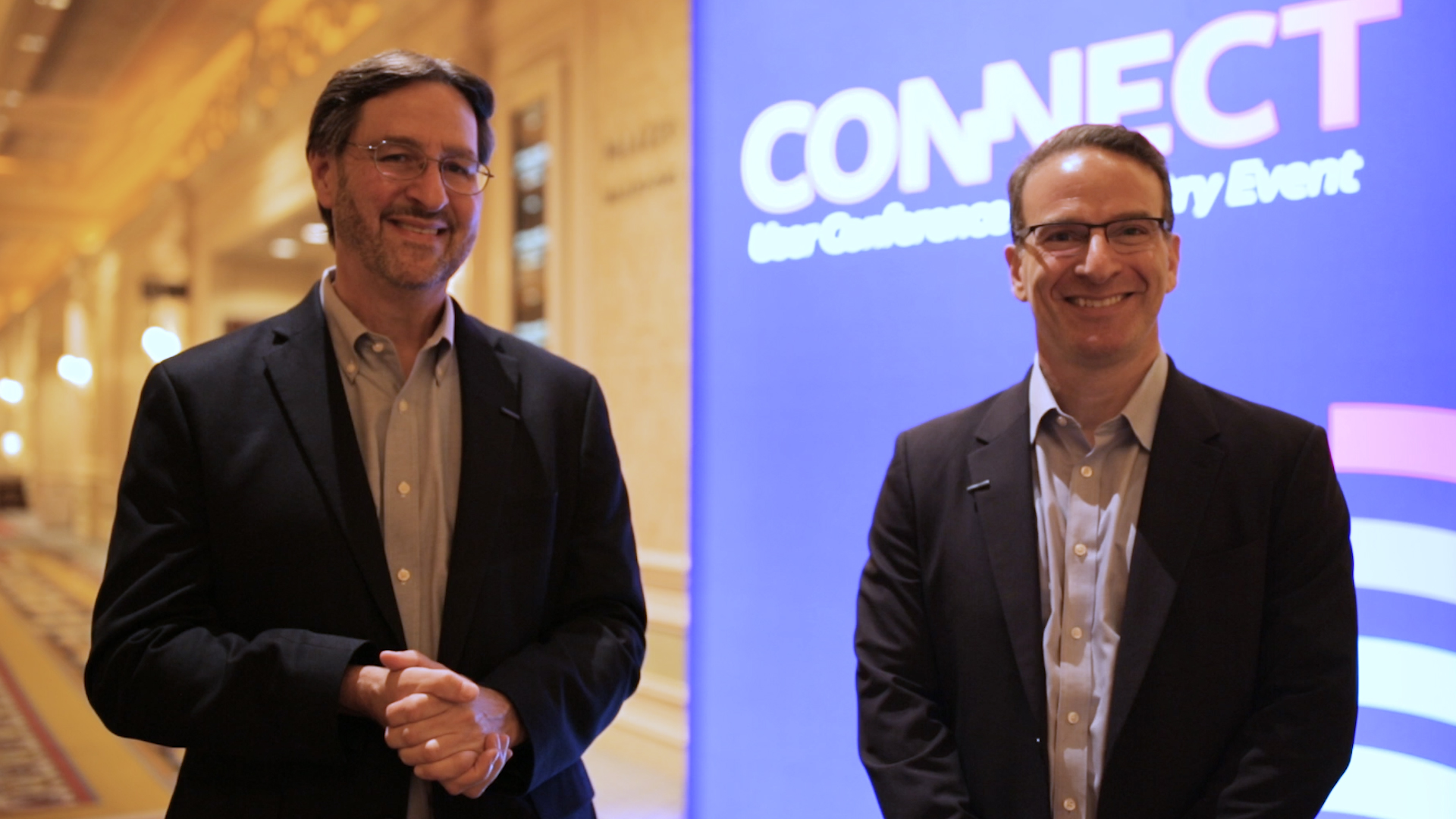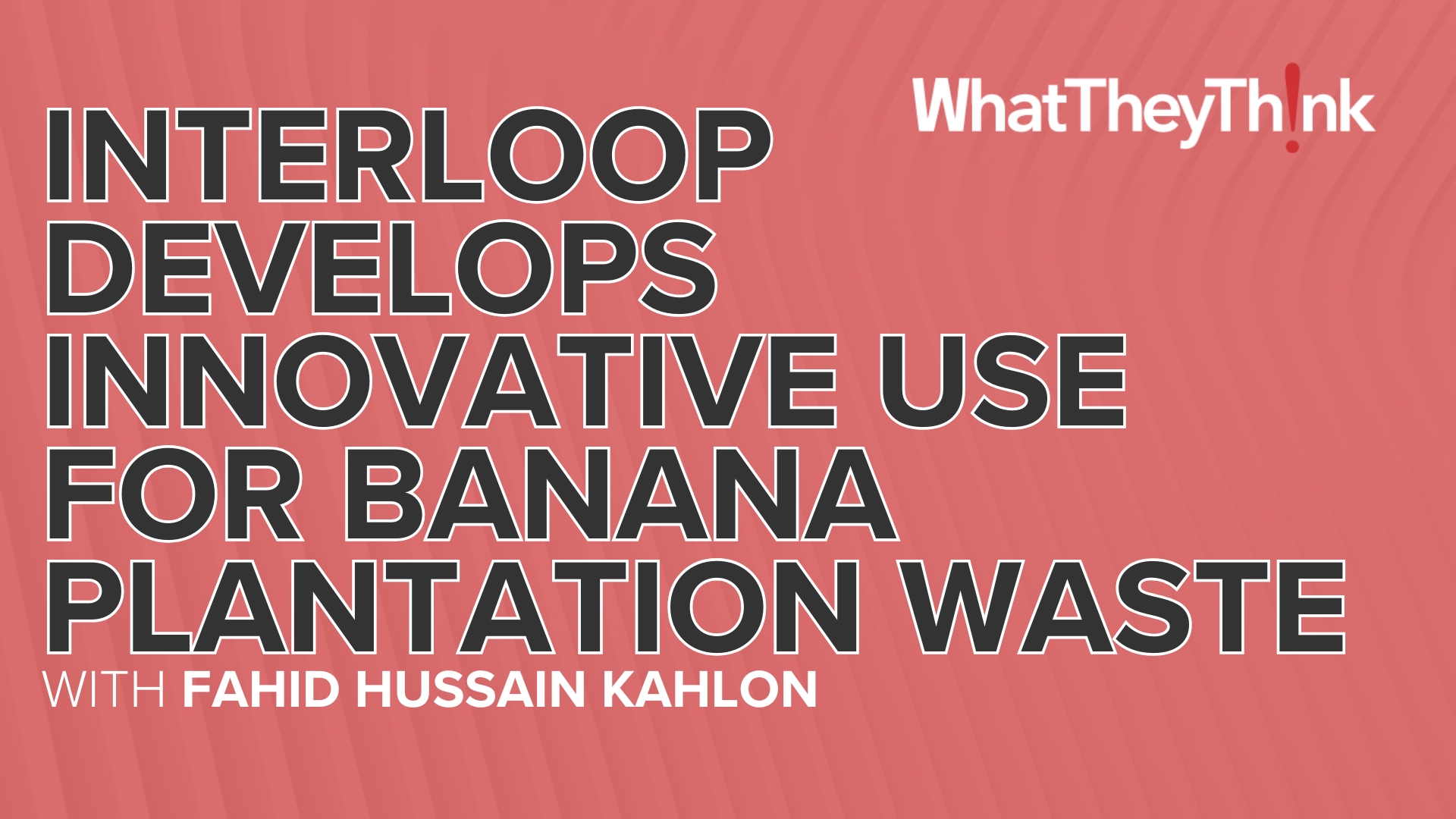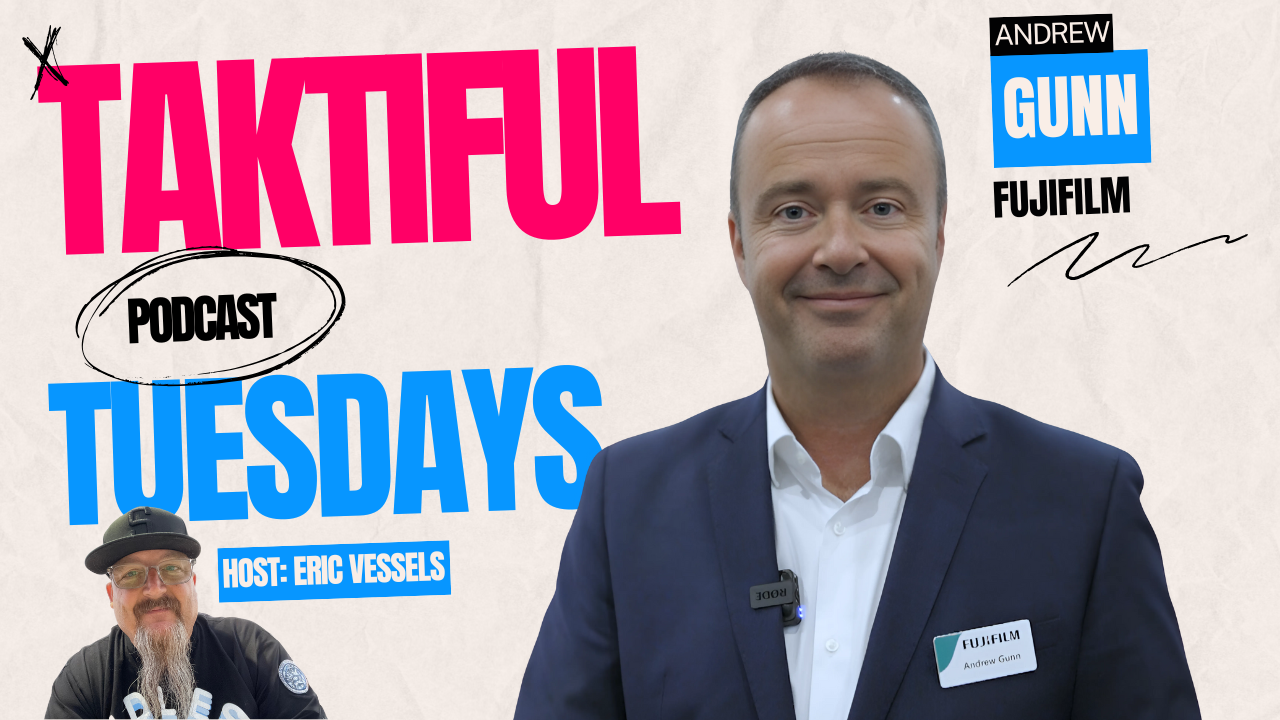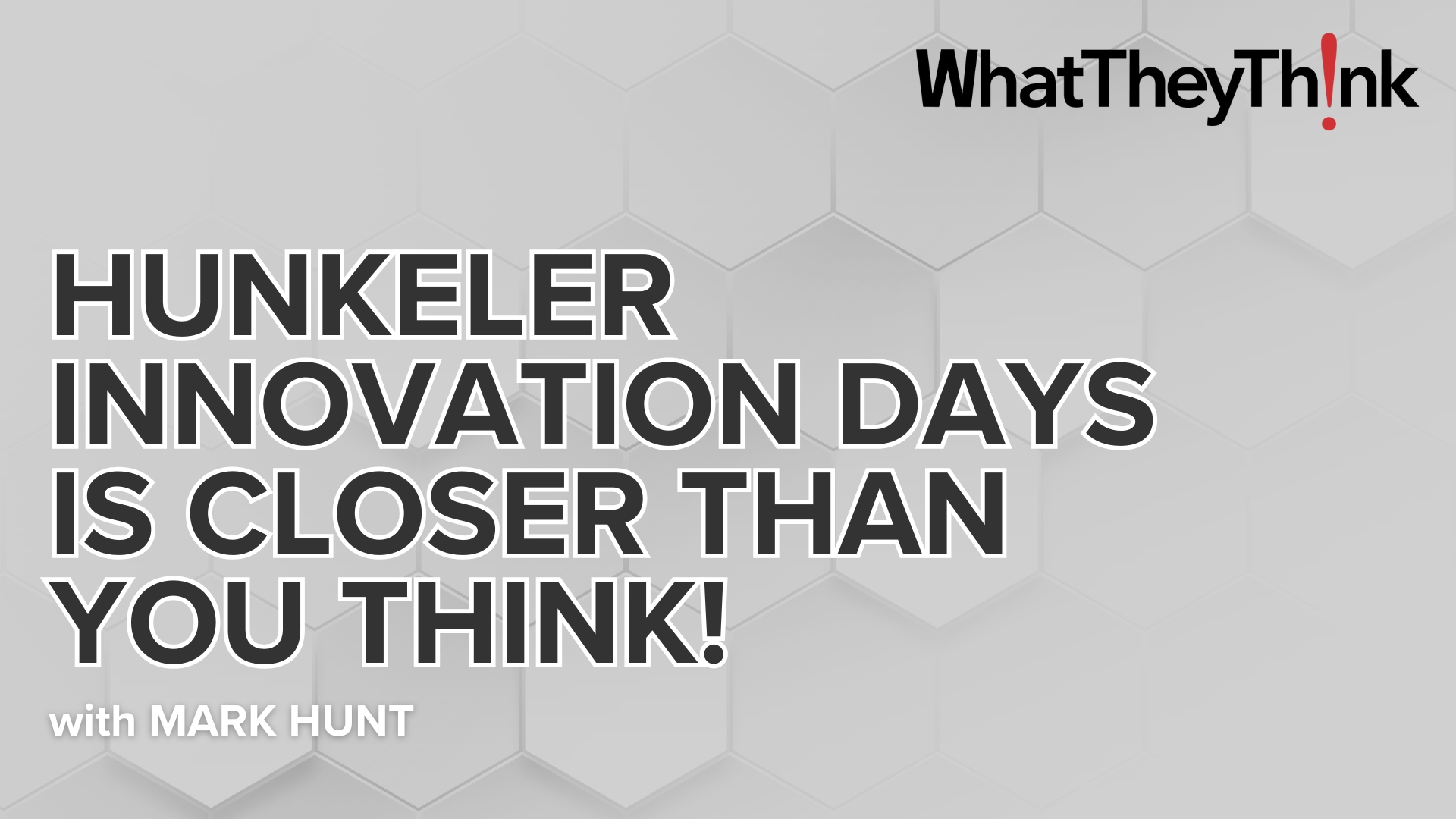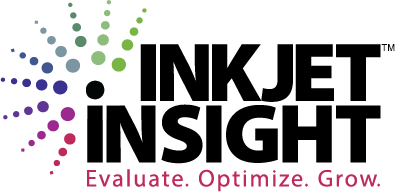Why Settle for A One-Size-Fits-All UV Solution? Heidelberg Has the Right UV Dryer for Every Application
Press release from the issuing company
Users need the right type of UV solution for the unique mix of applications they produce, and for the specific markets they serve. From cost-efficient Low-Energy UV for commercial applications, to high-performance, or energy-saving LED UV, Heidelberg builds the most flexible machines for the widest variety of applications.
Reflecting the growing global appetite for UV printed products, including the high-end packaging of luxury (and other) items, Heidelberg shipped dozens of multiple-coating-unit (LYYL) presses incorporating IR/HA/UV last year alone. Today, about 60 percent of all 40” inch units sold by Heidelberg in the U.D. are equipped with DryStar UV Combination IR/Hot Air Dryer, a critical element of Heidelberg’s UV packaging success, designed and built specifically to optimize sheet travel and deliver peak output with maximum drying and curing.
Innovations that Work for You
Print shops can no longer afford long stand-by times during the production process. With the DryStar concept, Heidelberg offers a suitable dryer for every application. It saves time and raises productivity – regardless of whether one is working with conventional inks or varnishes, high-reactive UV inks, or conventional UV ink.
Heidelberg alone possesses the knowledge and deep understanding of UV techniques that can help printers expand their offerings and gain a competitive advantage keyed to their individual business model. Heidelberg’s UV solutions also are distinguished by unparalleled ease-of-operation, integration, and reliability.
Specific innovations include:
- Instant Start UV and Smart Guard technology, which helps greatly extend individual UV lamp life, saves time, boosts productivity, and reduces wear-and-tear on man and machine. It also extends the high-quality mercury UV lamp life to 2500 hours and beyond.
- Electronic Lamps control, for improved energy efficiency and lower standby power.
- Plug & Print, which enables interdeck dryers to be moved freely from printing unit to printing unit without tools, for maximum flexibility.
- CANopen technology, for central control of UV dryers from the Prinect Press Center.
- Integrated UV designed into the machine platform from day one, helps speed production, and significantly improves print quality when working with temperature-sensitive materials or hard-to-dry inks.
DryStar UV
Heidelberg has adapted its proven DryStar system to provide outstanding flexibility and reliability in UV printing. With DryStar UV, efficient temperature management ensures that, despite the high UV output, the heat is absorbed with limited heat transfer to the printing stock. This capability is ideal for sensitive materials, and ensures complete register accuracy, even when printing on thin plastic films. The DryStar UV solution combines perfect integration into the press, a very short distance between UV dryer and sheet, and a special reflector coating that minimizes heat transfer to the printing stock, to increase dryer output and drive top production speeds (up to 18,000 sph) in UV printing.
On UV-equipped Heidelberg presses, the delivery typically accommodates a two-lamp UV end-of-press dryer, a cold-air cassette, one DryStar Combination IR/hot air dryer and one hot air dryer. This configuration achieves flexibility in aqueous or UV gloss coating for optimum flow of the coating and maximum gloss.
DryStar LE UV
In the current market, short lead times and value-added solutions make UV an attractive proposition for commercial printers whose customers increasingly specify non-standard substrates and a variety of specialty finishes to differentiate their products. To meet the growing demand for a UV solution suitable for common, 4-color applications, Heidelberg offers DryStar LE UV, a low-energy UV solution for commercially printed products—with or without coating—produced on any Heidelberg Speedmaster press using highly reactive inks. A typical commercial configuration incorporates from one to three UV lamps. One lamp often can dry all your inks and coating, but a more common arrangement is at least two lamps per machine to widen the working window with various UV inks and coatings.
Because printed sheets can go straight to postpress, LE UV is ideal for the on-demand production of hybrid print products combining digital and sheetfed offset printing. LE UV also can be used with long perfectors from Heidelberg, enabling the fast, efficient production of printed materials with sophisticated surface finishing created inline. This innovation was the subject of a recent demonstration on a Speedmaster SX 102-8-P+L LE UV at Heidelberg’s Print Media Center in Germany.
Heidelberg's DryStar LE UV solution is also available for specialty printing and packaging, depending on application requirements and substrates, including some limited use with PET, SBS, foils and IML. Other low-energy systems on the market also use highly reactive inks, but often fall short on flexibility due to a single, smaller operating window in terms of substrate and ink that offsets much of the energy savings. Because Heidelberg's DryStar LE UV has sufficient capacity in reserve, it is not restricted to a single ink series.
LED UV curing is yet another alternative for commercial print shops looking to maximize energy efficiency, and Heidelberg’s technology trumps the competition. With 15 installations worldwide to date, Heidelberg’s DryStar UV LED combines high quality with lower energy consumption than conventional UV dryers with UV lamps. Like LE UV curing, LED technology also delivers the lowest energy usage available, although LED UV light sources emit radiation in a far narrower range (385 nanometer) than LE UV (250-400 nanometer) lamps. Applications range from commercial printing without or without coating, to thin metallized foil and distortion-free plastic foil printing at speeds to 18,000 sph. End products include plastic cards, in-mold labels, official stickers, and high-quality plastic packaging. The application success is tied to the consumables and LED lamps being matched for the same wavelength.
Print shops today face a dynamic and challenging market. Successful companies optimize their business models by seizing on market trends in the industry and using them to their advantage. Those that rely on comprehensive UV/LE/LED solutions from Heidelberg benefit by working with a supplier whose UV knowledge and experience can help them select perfectly fitted, perfectly integrated solutions that are uniquely responsive to their business goals.
- Questions to ask about inkjet for corrugated packaging
- Can Chinese OEMs challenge Western manufacturers?
- The #1 Question When Selling Inkjet
- Integrator perspective on Konica Minolta printheads
- Surfing the Waves of Inkjet
- Kyocera Nixka talks inkjet integration trends
- B2B Customer Tours
- Keeping Inkjet Tickled Pink
© 2024 WhatTheyThink. All Rights Reserved.

